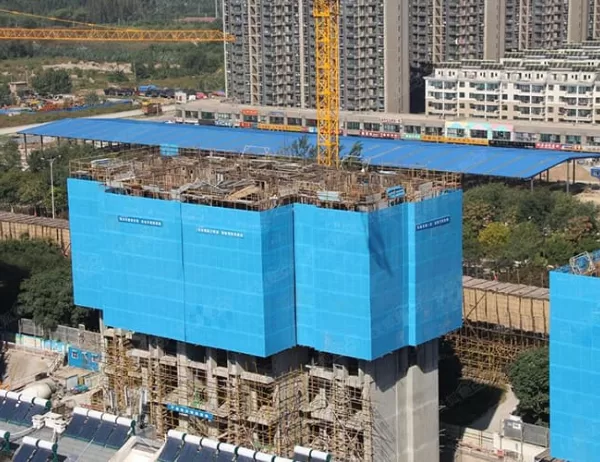In the realm of solar energy harnessing, efficiency and durability are paramount. Solar panel frames play a pivotal role in ensuring the performance and longevity of these vital components. Aluminum extrusions offer a versatile and effective solution for customizing solar panel frames to meet specific requirements. This article explores the advantages and techniques of customizing aluminum extrusions for optimal solar panel frame performance.
Aluminum extrusions possess numerous advantages that make them ideal for solar panel frame applications. They offer exceptional strength-to-weight ratios, enabling frames to withstand external forces without compromising performance. Aluminum’s inherent corrosion resistance ensures long-term durability in challenging environmental conditions. Additionally, the flexibility of aluminum extrusions allows for the creation of customized shapes and profiles, optimizing frame design for maximum solar energy absorption.
Customizing aluminum extrusions for solar panel frames involves careful consideration of several design factors. The dimensions and profiles of the extrusions must align with the specific dimensions of the solar panels. The frame’s cross-sectional shape and thickness directly impact its rigidity and load-bearing capacity. Engineers must also consider the compatibility of the extrusions with mounting systems and other structural components to ensure seamless integration.
The manufacturing process of customized aluminum extrusions involves several key steps.
1. Design and Die Creation
The first stage involves creating the design specifications and fabricating the necessary dies. Precision tooling is used to shape the aluminum alloy and create the desired profiles.
2. Extrusion
Molten aluminum is forced through the dies under high pressure, resulting in the formation of continuous aluminum extrusions. The cooling and aging process follows, which enhances the mechanical properties of the material.
3. Surface Treatment
After extrusion, the aluminum surfaces undergo a range of treatments, including anodizing and powder coating. These treatments improve corrosion resistance, enhance aesthetics, and provide additional protection against environmental factors.
Beyond the core design and manufacturing considerations, optimizing aluminum extrusions for solar panel frames requires attention to specific performance parameters.
1. Thermal Management
Extrusion designs can incorporate thermal management features such as ventilation slots and thermal breaks to dissipate heat and maintain optimal operating temperatures for the solar panels.
2. Wind Loading
Customized aluminum extrusions can be engineered to withstand high wind loads through reinforced designs and the integration of stiffening elements.
3. Durability
The selection of appropriate aluminum alloys and surface treatments ensures long-term durability against corrosion, wear, and environmental conditions, maximizing the lifespan of the solar panel frames.
Customizing aluminum extrusions for solar panel frames offers numerous benefits, including strength, durability, design flexibility, and optimized performance. By carefully considering the design factors, manufacturing techniques, and performance parameters discussed in this article, engineers can tailor aluminum extrusions to meet specific project requirements and achieve optimal solar energy harvesting efficiency.




